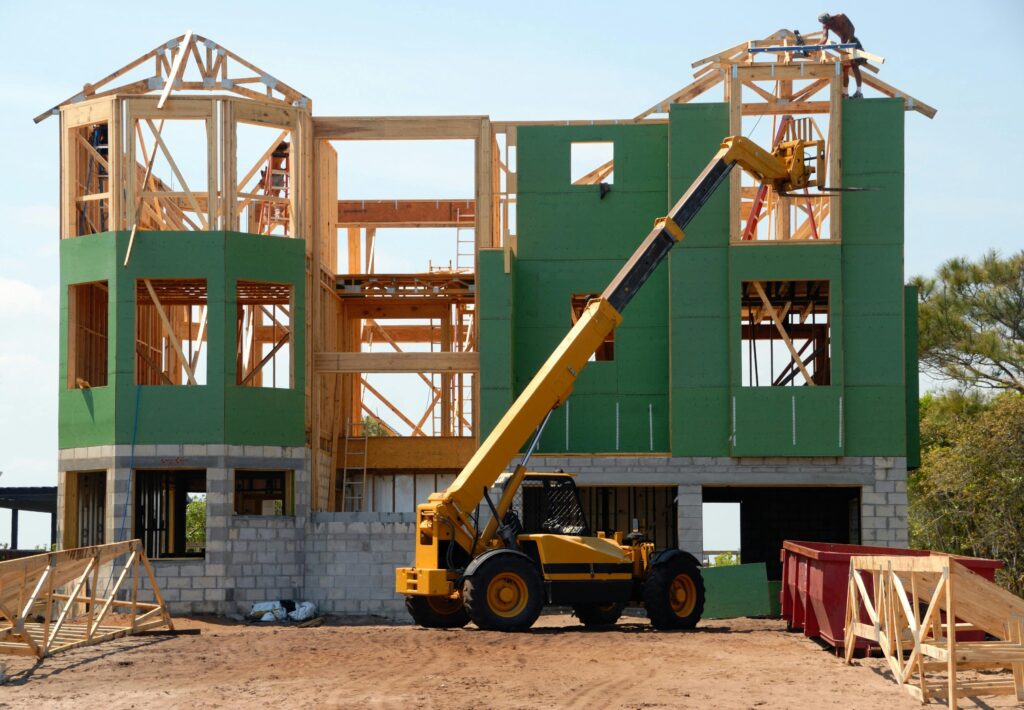Sustainability of affordable housing using innovative technologies
Global demand for affordable housing has increased due to rapid urbanization, economic challenges, high unemployment rates, poverty, and climate change-related natural disasters. Anthropogenic factors have exasperated the rate of environmental disasters like flooding, rapid increases in human population, and political unrest. Because of these factors, the need for housing and safety has been difficult to meet in South Africa. South Africa is a developing country with a growing housing backlog for low-cost housing.
Rapid urbanization presents a major challenge in achieving affordable and sustainable housing. In the face of the problem, rapid urbanization represents, there is room for innovation. Advancements in sustainable design methods, new materials, and innovative building technologies offer potential solutions for developing sustainable, innovative, and affordable housing (SIAH). This study investigates various sustainable design techniques, materials, and technologies suitable for designing SIAH in the South African climate in concordance with local building codes and regulations.
Furthermore, the analysis confirms that appropriate design techniques, new materials, and technologies not only enhance the sustainability of the house but also improve its affordability by reducing lifecycle costs. The study concludes that sustainable design techniques, including passive design, the use of recycled and local materials, and socio-technical innovations, are effective means of enhancing the sustainability and affordability of housing, contributing to the development of SIAH. Importantly, this research establishes the association between sustainability and affordability in South African housing design, offering insights that can be adapted and applied to other African countries.
